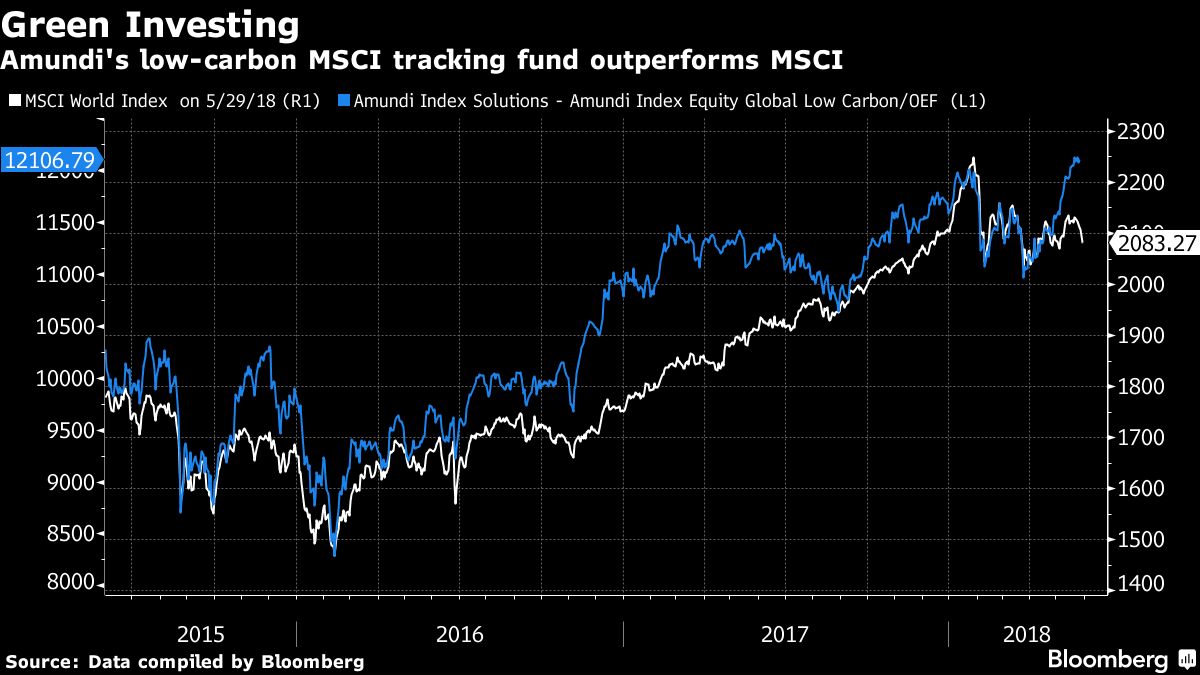
Temperature difference from normal at 10 p.m. local time Tuesday in Oman analyzed by American (GFS) model. (TropicalTidBits.com)
by Jason Samenow, Capital Weather Gang, The Washington Post, June 27, 2018
Over a period of 24 hours, the temperature in the coastal city of Quriyat, Oman, never dropped below 108.7 degrees (42.6 Celsius) Tuesday, most likely the highest minimum temperature ever observed on Earth.
For a location to remain no lower than 109 degrees around the clock is mind-boggling. In many locations, a temperature of 109 degrees even during the heat of the afternoon would be unprecedented. For example, in nearly 150 years of weather records, Washington, D.C.’s high temperature has never exceeded 106 degrees.
Quriyat’s suffocating low temperature, first reported by Jeff Masters at Weather Underground, breaks the world’s previous hottest minimum temperature of 107.4 degrees (41.9 Celsius), also set in Oman, on June 27, 2011.
Masters received word of the exceptional temperature from weather records expert Maximiliano Herrera. Incredibly, the temperature in Quriyat, Masters said, remained above 107.4 degrees (41.9 Celsius) for 51 straight hours. Its blistering afternoon high temperature of 121.6 degrees (49.8 Celsius) Tuesday was just about two degrees shy of Oman’s all-time heat record and its highest June temperature, Masters reported.
Quriyat, sometimes also spelled Qurayyat, is a small fishing village in northeast Oman adjacent to the Sea of Oman that spills into the Arabian Sea. The city’s population is just over 50,000, and it is about an hour southeast of Muscat, Oman’s capital.
This sweltering episode marked the second exceptional weather event to affect Oman in as many months. In May, Category 3 Tropical Cyclone Mekunu slammed into its southwest coast, making landfall near Salalah. It was the most intense tropical cyclone to make landfall on the Arabian Peninsula on record.
Tuesday’s record-breaking heat resulted from a strong, high-altitude, high-pressure system or heat dome anchored over the region, which pumped air temperatures up to 15 degrees above normal. Masters said sea surface temperatures in the adjacent waters were about 90 degrees, keeping air temperatures elevated even through the night and offering no reprieve from the oppressive conditions.
Tuesday’s 109-degree low, while the highest known, is not official and remains unverified. Although the World Meteorological Organization validates and maintains records for the hottest maximum world temperature, it does not do so for minimum temperatures.
Nevertheless, assuming it is legitimate, this weather extreme adds to a tremendous number of hot-weather milestones established around the world in just over the past year, which include:
- In April, Pakistan posted the hottest temperature ever observed on Earth during the month of 122.4 degrees (50.2 Celsius).
- Dallas had never hit 90 degrees in November before, but it did so three times in four days in 2017.
- In late October 2017, temperatures soared to 108 degrees in Southern California, the hottest weather on record so late in the season in the entire U.S.
- On Sept. 1, 2017, San Francisco hit 106 degrees, smashing its all-time hottest temperature.
- In late July 2017, Shanghai registered its highest temperature in recorded history, 105.6 degrees (40.9 Celsius).
- In mid-July, Spain posted its highest temperature recorded when Córdoba Airport (in the south) hit 116.4 degrees (46.9 Celsius).
- In July 2017, Death Valley, Calif., endured the hottest month recorded on Earth.
- In late June 2017, Ahvaz, Iran, soared to 128.7 degrees Fahrenheit (53.7 Celsius) — that country’s all-time hottest temperature.
- In late May 2017, the western town of Turbat in Pakistan hit 128.3 degrees (53.5 Celsius), tying the all-time highest temperature in that country and the world-record temperature for May, according to Masters.
All of these heat records are part and parcel of a planet that is trending hotter as greenhouse gas concentrations increase due to human activity. The past four years have been the hottest four years on record.
https://www.washingtonpost.com/news/capital-weather-gang/wp/2018/06/27/a-city-in-oman-just-set-the-worlds-hottest-low-temperature-ever-recorded-109-degrees/








